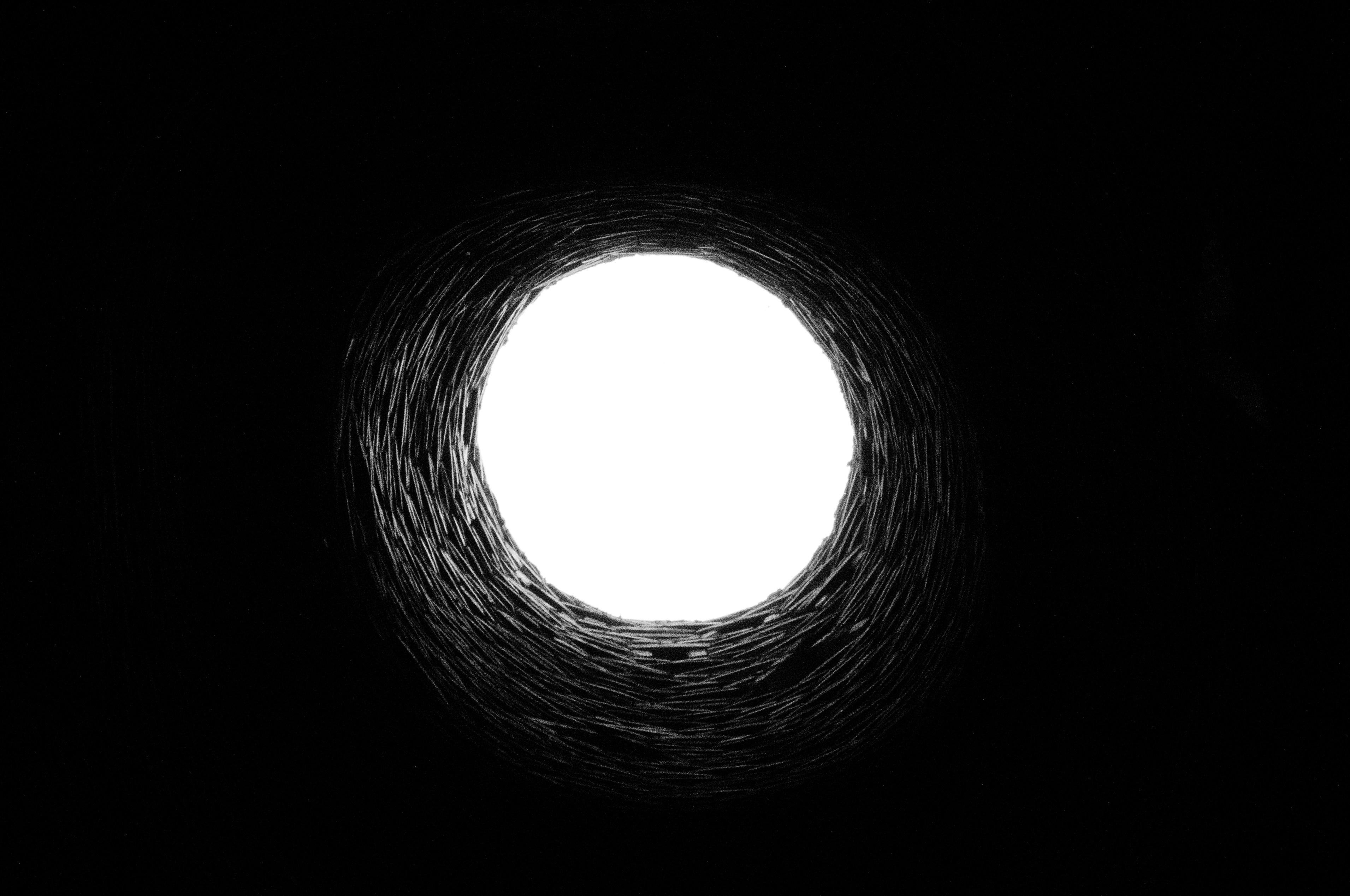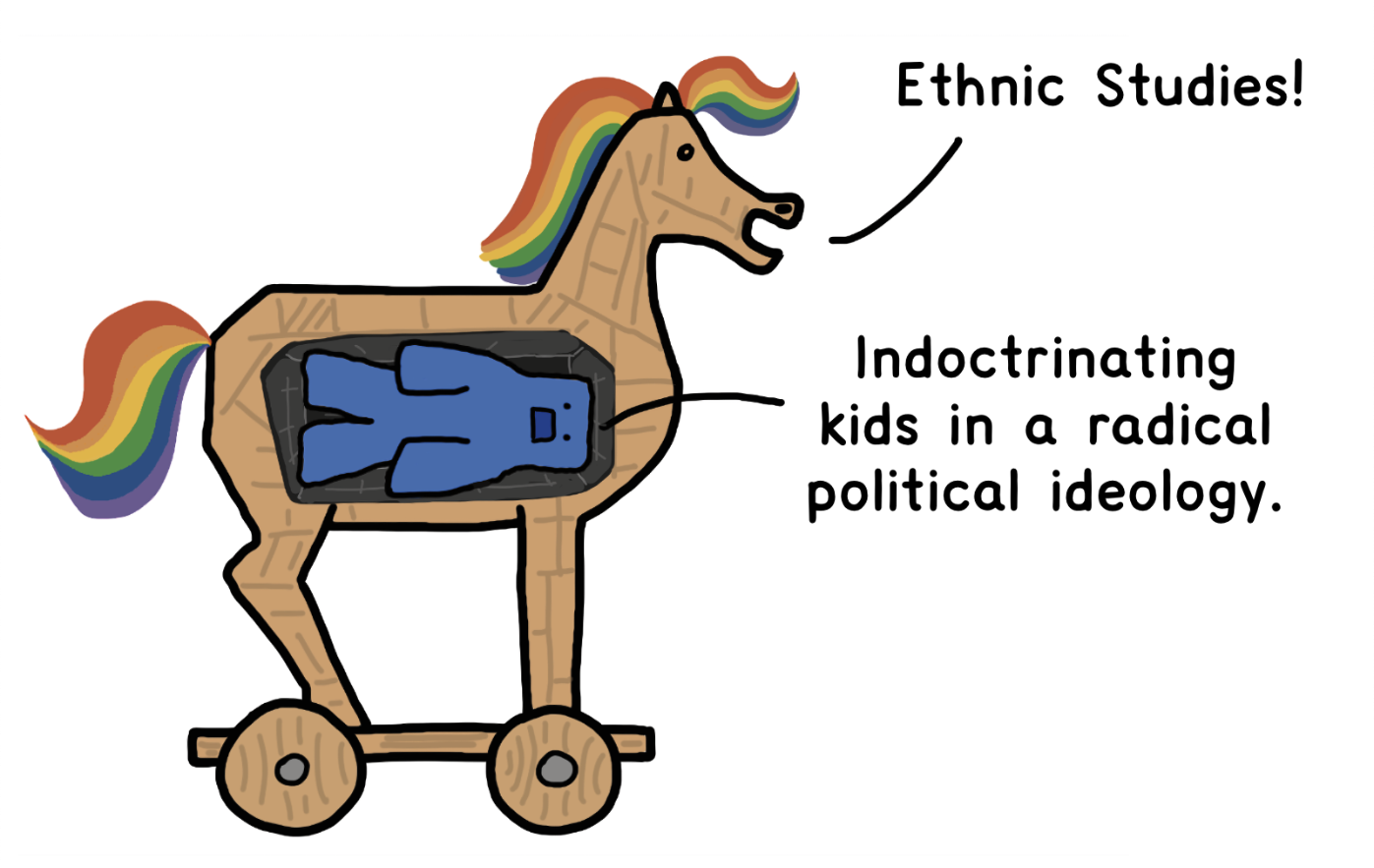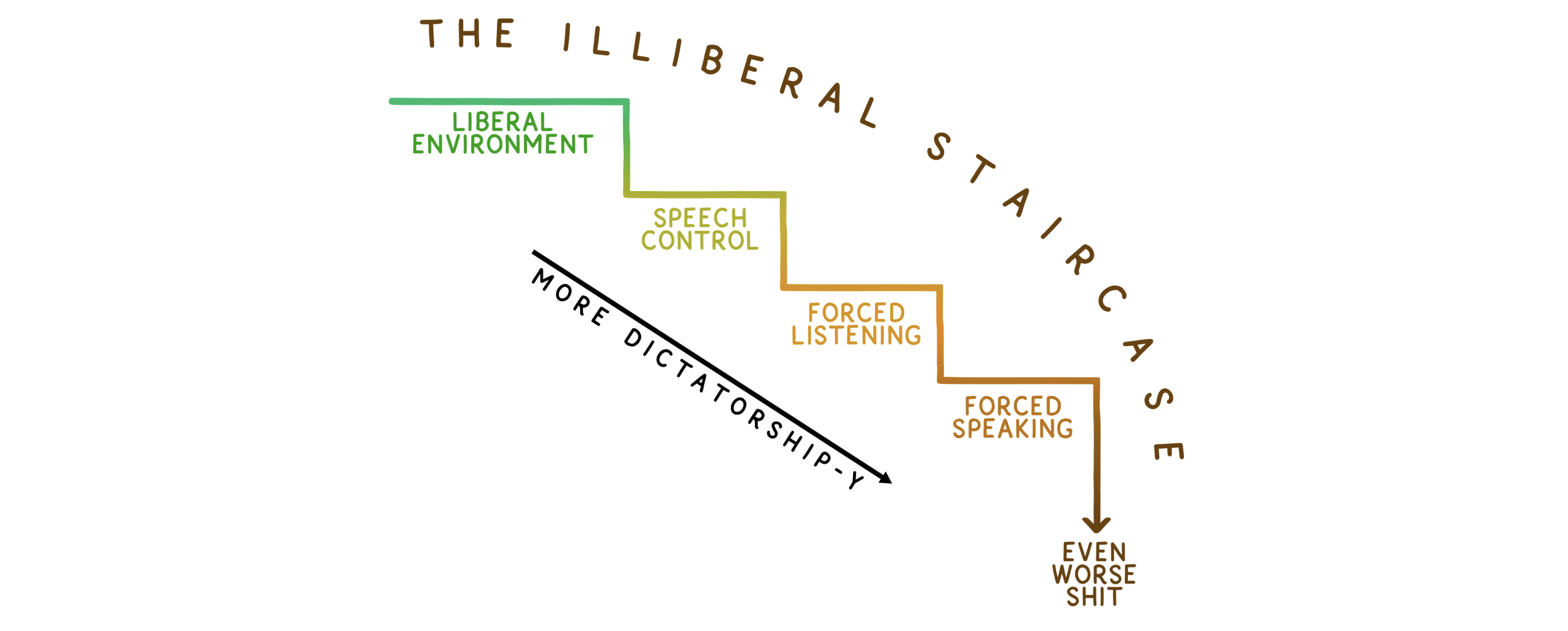What’s Our Problem by Tim Urban is a book that tries to unpack the current state of US politics, focusing on polarisation and left-wing rhetoric. Tim Urban is a fairly famous blogger, he was the #1 writer on Patreon in 2018, and sits firmly in the explainers using stick figure drawings category(a surprisingly big category). In 2018 he announced that he was pausing regular posting in order to work on this massive project, and over the span of 2019 - 2020 he publicly posted what would be the first half of this book before having to take another hiatus to complete the second half. Finally complete in February 2023, we have the complete piece in our hands, and it feels like in 2021, Tim fell into the Woke Culture War rabbit hole, never to be seen again.

The overview/aim of this book is to explore how political polarisation manifests in individuals and groups, then on wider society and the media. The second half is focused on more specific examples and examining how polarised groups act and perpetuate their ideals, by mostly looking at extreme left actions. For me, the second-half scars the whole book, for one we see Tim’s politics on display and he’s not nearly as centrist as he makes out himself out to be, basically digging into polarisation with overblown arguments that the left are restricting rights and becoming authoritarian, which feel completely overblown given the evidence provided.
A big reason I enjoyed Tim’s blogs back in the 2010s was his acknowledgement that a topic being bigger than him, and he was humble in his attempts to explain the topic at hand. Using rough stick figure drawings are great at showing that, that “hey, this might not be completely fleshed out, but here’s my understanding”. However this book isn’t humble at all, the author feels confident to condemn groups and individuals, and draws out these big extremes at the end of it. Sitting these next to some of these draws looks both patronising and really dumb.

The blue guy in the middle represents the radical left.
(Image from Chapter 7, Subheading “Illiberal Staircase, Step 2: Forced Listening”)
My key criticism of this book is the first half makes this case that a polarised society is bad and that various factors on the left and right are driving that polarisation. It’s disorienting to then to focus on how the progressive Left are actually the ones driving this change. It’s completely skewed, while trying really hard to seem balanced. Tim spends about 30 pages on the history of the Republican Party, its history of identity politics and how it’s getting worse, concluding with Trump and why he’s awful. To feel like it’s even handed to go into a 200 page deep dive into hard-left politics; left-wing censorship; “idea supremacy” on college campuses; online public shaming and an unhinged rant about cancel culture and woke politics fracturing society. It’s just right-wing culture wars greatest hits being grafted onto actual slippery slope staircase argument.

Any topic in this section has enough baggage and complexity to fill a book their own, yet Tim is content to filter everything down to its most problematic version and insert each into a steep decent of a fracturing society. Some of his criticisms are fine, there’s plenty of cringy discussions and arguments by the left for sure, but there’s still a lot of these half-truths that are framed as these grand attacks on society. When talking about college students, Tim is focused on the idea on the wide trend of stamping out speech that disagrees with them “Idea Supremacy”, pointing to dis-invites of college speakers. On an individual level, sure you can complain about the specific circumstances, but on the wider lens, it’s under 600 dis-invites over the course of 25 years, across over 4000 colleges and universities. This isn’t a serious issue.
The good natured argument would be that, Republicans are quite straightforwardly bad – just look at any of Trump’s tweets, or just google Marjorie Taylor Green – and progressives have been much more insidious with their harm to society which requires deeper inspection. That’s fair, but whenever the book does make the direct comparison, it’s laughable. Apologies for the long quote, but this is the clearest example of this:
“When Covid rolled around, a new crop of conspiracy theories started circulating around the right-wing bubble. Fox Business anchor Trish Regan referred to Covid worries as “yet another attempt to impeach the president.” Others began to insist that Covid vaccines were part of a secret government plot to implant 5G microchips in millions of American bodies.
A bubble where these theories can thrive is also a bubble primed to believe Donald Trump when he declares himself the true winner of the 2020 election. According to polling done in mid-2022, only around 25% of Republican voters believe that Joe Biden was legitimately elected. […] Trump has continued sowing doubt in the electoral process. In October of 2022, he told a Michigan crowd, “I don’t believe we’ll ever have a fair election again.”
But the Democratic Party has responded, in part, by engaging in its own Orwellian behavior. In July 2021, the White House announced that the government was “working to combat misinformation that’s traveling online” … “Our biggest concern here,” Psaki explained the next day, “is the number of people dying around the country because they’re getting misinformation that is leading them to not take a vaccine.”
If the government can pressure tech companies to censor what they deem to be misinformation, there’s no reason to believe that their definition of “misinformation” or “disinformation” would be limited to Covid-related information.”
The spread of baseless conspiracy theories within the Right’s bubble is a dangerous trend. An authoritarian response by the Left only makes the problem worse. (Chapter 7)
This is the direct comparison we get: We have Trump and the Right actively spreading conspiracy theories being labelled “a dangerous trend”, but Democrats trying to address covid-misinformation online is “an authoritarian response”. Yeah it’s gross to have Government reviewing speech online, but is it worse than promoting it? Misinformation online is a big discussion worth having, with it’s own context and nuances especially in the age of Covid. What’s also not noted here is that Democrats have stopped pushing for this! Democrats have rolled back any direct action since August 2022, after having to a shut down DHS group “Disinformation Governance Board” after 3 months due to public backlash, like true authoritarians.
It’s just deeply frustrating and feels completely dishonest. All the examples of left politics are these snippets of stories that are almost always taken from a much bigger and complicated discussion, and the abstracted right wing politics are weirdly respectful and sympathetic.
“People with a far-right conservative mindset are the staunchest guardians of the country’s core ideals and will keep pressing to revive a long-lost way of life. These more extreme groups are also prone to believe conspiracy theories, and they’re wrong more than they’re right—but that’s their job, because sometimes the mainstream really is wrong about something big.” (Chapter 2)
It comes off as a right-wing message parading around in centrist clothing, complaining about polarisation, but actively blaming the Left for destroying the fabric of US democracy. Even stranger is the book concludes by basically saying: actually it’s not really that bad, just be open, honest and express yourself. So the book takes up all it’s time to condemn but actually doesn’t have anything productive to say. Condemn the groups you don’t like, but don’t think about the problems they’re trying to solve.
When this book first came out, I kept losing my mind thinking about the book’s title: When you’re asking your society “What’s our problem?”, the next question should be, “Who is being harmed” or “Who is causing harm?” in the aftermath of COVID pandemic surely over million US citizens dead is not some indication of harm? If your President tries to violently overthrow an election, is that not an active attack on your democracy? If you think polarisation is the biggest problem, then your goal should be to address the problem and highlight ways of fixing it. “What’s our Problem” decides to focus entirely one side, in turn creating more of a divide and becoming the problem.